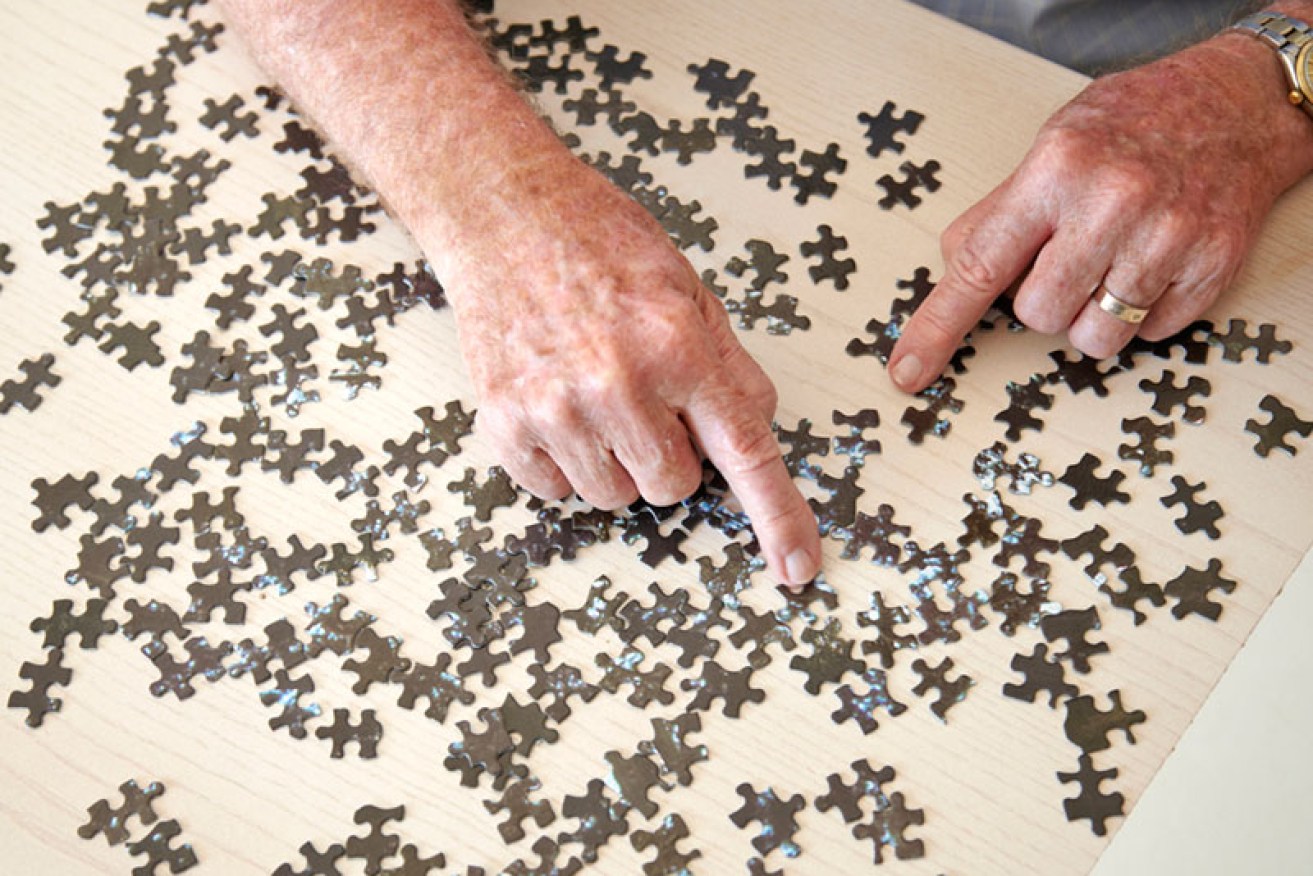Retirement villages prepare for dementia challenge

Getty
Australia’s retirement villages are learning how to better accommodate residents with dementia as the country’s population ages and more people seek assisted living.
Alzheimer’s Australia NSW and the Property Council of Australia have published a guide to help villages deal with the challenges dementia can bring.
According to the guide, called Dementia Guide for the Australian Retirement Village Industry, an estimated 342,800 Australians currently live with dementia and the number is expected to reach 900,000 by 2050.
• These six things will shorten your life span
• Professor: risky activity boosts lives of elderly
• The incredible dog that rescued its elderly, lost owner
Mary Wood from the Property Council of Australia told the ABC the guide came about because many retirement village owners and operators did not have a sufficient understanding of dementia and the implications for village management.
“There are almost 2500 retirement villages in Australia with lots of different owner operators,” Ms Wood said.
“We wanted to make sure that there was a really solid base line of information about how to support people with dementia across the whole sector.”
Helping to lead independent lives
The guide includes advice on village design, staff training, resident safety, health care and engaging with residents’ and their families.

One in 10 people over 65 will experience dementia. Photo: Shutterstock
Ms Wood said that as Australians age, they should expect to have dementia-friendly retirement villages to choose from, not just high-needs care homes if their condition worsened.
“One in 10 people over 65 will develop dementia or have dementia, so the question is ‘how do we provide lots of different options, including housing options with different levels of service within those retirement villages, so people can have happy, independent lives for as long as possible?'”
John Watkins from Alzheimer’s Australia NSW said retirement villages were not really set up for people with dementia and were instead often marketed as a lifestyle choice for people coming into retirement.
“Many of those people who went into the original [retirement villages] 10 or 20 years ago have actually aged in place and the average age of retirement villages is now 81 in Australia,” Mr Watkins said.
“When you consider there’s about 180,000 Australians living in retirement villages and that will double in the next 10 years, there’s going to be a lot of older people living in retirement villages that are not set up and not designed to cope with it.”
Building dementia-friendly centres
Nieves Murray, the chief executive of the IRT Group, one of Australia’s largest community-based seniors’ lifestyle and care providers, explained that many of the care homes and retirement villages under her control were dementia-friendly.
There are features such as uniquely painted doors and individualised door handles so residents know which room is theirs, painted lines on pathways and walls for residents to follow so they do not get lost, interactive items outside such as garden equipment and a stationary car, and indoor puzzles to keep their minds sharp.
“We receive tremendous feedback from relatives about seeing their loved one re-engage with them and their family,” Ms Murray told the ABC.

The cost of building dementia-friendly facilities is worth it, experts say. Photo: Getty
“But also they engage with other people and don’t become socially isolated, which is a very important aspect of helping people remain independent with dementia.
“It is very important, if we want people to have a good quality of life for the rest of their lives, to help them actually cope with dementia in a way that’s dignified.”
Building new facilities and retro-fitting existing structures can be expensive for retirement village owners and the cost is often passed on to families, but experts say it is worth it.
“Retirement villages are entirely self funded, so in other words there is no government funding for owners or residents,” Ms Wood said.
“So one of the challenges for retirement village owners is working out how to step up support and care services in retirement villages without making them unaffordable.”
Ms Murray added that although people invested upfront, the net result was a better quality of life for someone.
“As a sector it’s important that we address this so that we can allow people to live independently for as long as possible,” she said.
“But I’d go further than that – I think that it’s a societal requirement that we start to design an environment where people can age without barriers.”
−ABC








